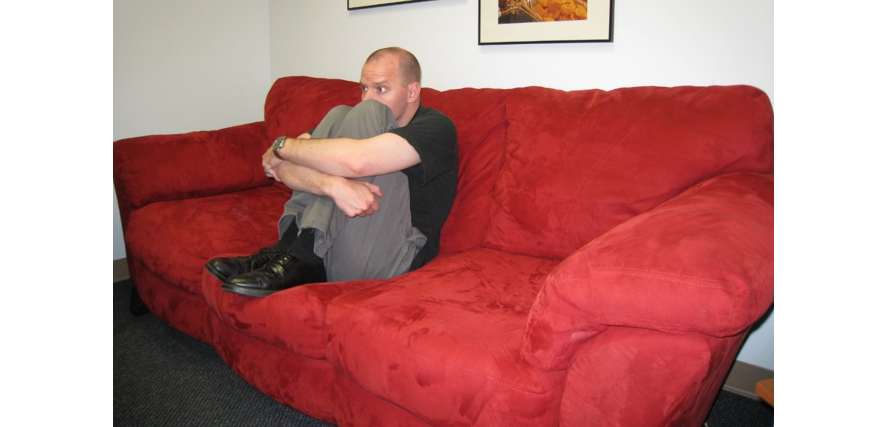The Art of Being a Failure as a Therapist—Haley Revisited
Jay S. Efran
Temple University
It has been more than fifty years since Jay Haley published his sardonic essay, “The Art of Being a Failure as a Therapist.” In that piece he argued that failing as a therapist was too important to be left entirely to chance. Therefore, he proposed several strategies to guarantee that one’s work would be ineffective.
For instance, he suggested focusing mainly on diagnostic terms such as passive-aggression, dependency needs, a weak ego, or poor impulse control. In his opinion, that would make coming up with viable therapeutic strategies highly unlikely. He also advised treating the presenting complaint as merely an indication of deeper issues—not an important treatment focus in its own right. Haley also considered it essential to avoid clear goals or measurable outcomes. Instead, he favored emphasizing the person’s “infancy, inner dynamics, and fantasy life” while never making direct suggestions or advising any changes regarding the clients’ “families, friends, schools, or neighborhoods” (p. 694).
Haley’s essay was only five pages long, and it did not include any references, yet it has had remarkable impact and longevity. I have remembered it for all these years and so have many of my colleagues. Obviously, it struck a nerve. Haley’s tongue-in-cheek critique was aimed at the therapy practices prevalent at the time. Thus, the piece is badly in need of an update. Nevertheless, a surprising number of his barbs still sting.
In my upcoming workshop, I will update Haley’s thesis by examining aspects of currently popular therapeutic modalities. We will put some much-needed attention on the assumptions and practices of CBT, ACT, CPT, DBT, IFST, and EMDR, not to mention emotion-focused therapy and constructivist approaches. The question is: Which beliefs, strategies, and tactics have stood the test of time, and which need to be revisited, retired, or revised? Our discussion will highlight both research findings and clinical experience. Over time, how have you changed your mind about what works in therapy?
Here are some factors worth a second look: (a) how sessions are scheduled, (b) the need for emotional expression, (c) the role of childhood determinants, (d) overall treatment length, (e) the issue of termination, (f) the pursuit of insight, and (g) the inclusion of others (partners and family members). We will also discuss assumptions about maladaptive thinking, client motivation, and advice-giving.
The workshop invites controversy and will provide some revelations. For example, most of us no longer believe in the concept of symptom substitution—a widespread concern in Haley’s day. In other words, we no longer worry that eliminating a symptom too quickly may cause another symptom to spring up and take its place. On the other hand, it may come as a surprise that Murray Bowen—considered the father of family therapy—would send clients home if they became too emotional. He viewed rationality, not emotionality, as the sine qua non of a good session. Similarly, some may be surprised to learn that the presumed relationship between a person’s attachment history and his or her adult personality or vulnerability to psychopathology has zero research backing.
Although Haley died in 2007 at the age of 83, this workshop keeps alive the spirit of iconoclasm that helped enable the field to examine its failings.
Reference
Haley, J. (1969). The art of being a failure as a therapist. American Journal of Orthopsychiatry, 39(4), 691-695.






